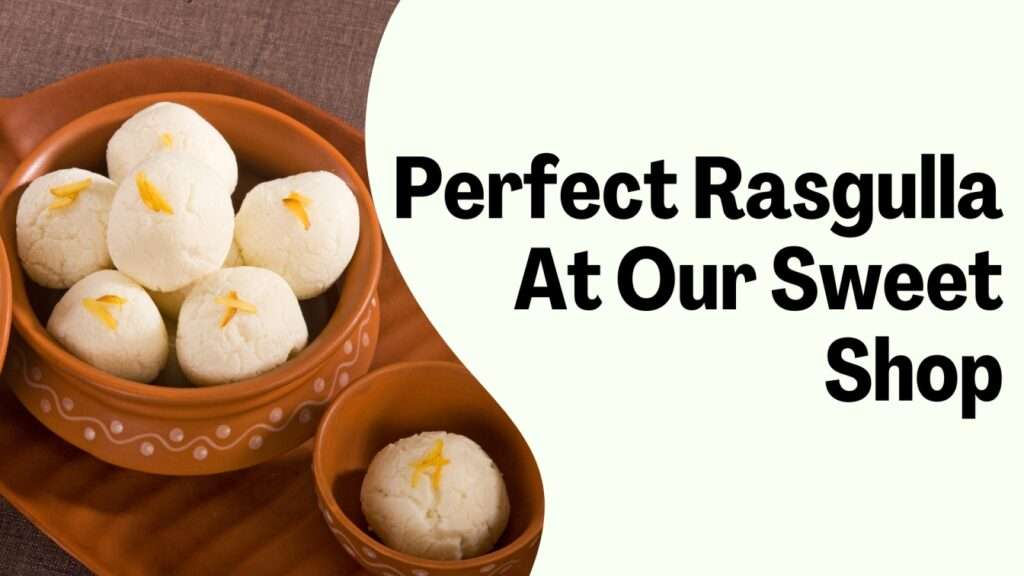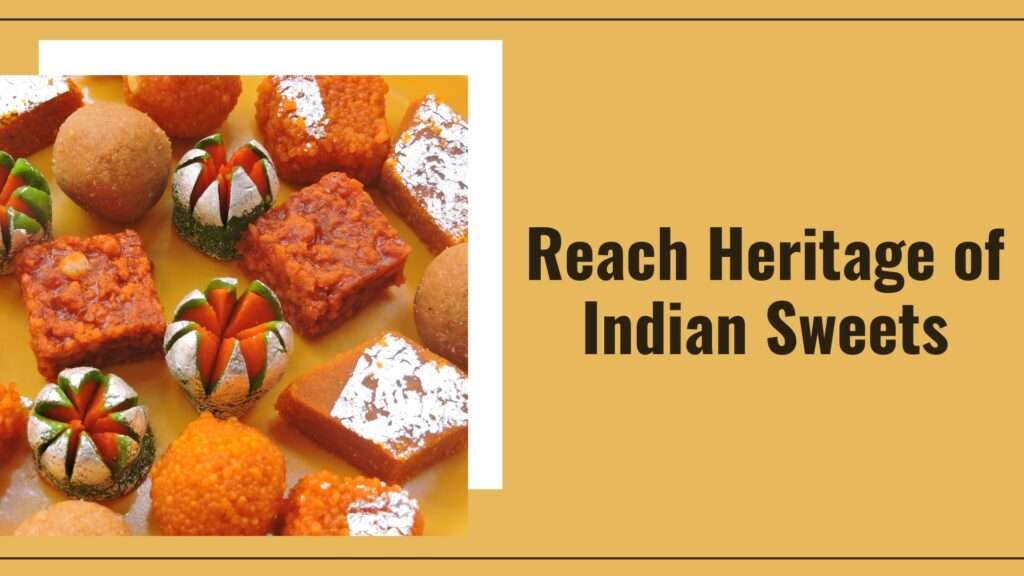
Rasgulla – Nestled within the heart of our bustling sweet emporium exists a realm where tradition and creativity harmonize, giving birth to one of India’s most cherished gastronomic gems: the Rasgulla. Step into the behind-the-scenes tapestry of our confectionery haven as we unveil the hidden artistry and untold tales that culminate in the creation of the Rasgulla – an embodiment of time-honored techniques and culinary finesse.
A Glimpse of Tradition
Originating from the verdant lands of West Bengal, the Rasgulla is a delicacy that transcends palates to embody the soul of Indian sweets. Beyond being a mere dessert, it holds within its syrup-soaked embrace a narrative that traces back to the 19th century. The visionary sweet connoisseur, Nobin Chandra Das, pioneered the Rasgulla, etching its presence into celebratory feasts and cultural symbolism.
Ingredients: The Essence of Excellence
At the core of every delectable Rasgulla lies an amalgamation of premium ingredients. Our odyssey commences with a judicious curation of the finest components, each selected with unwavering scrutiny to ensure an authentic and unparalleled experience. Hand-picked chhena (a luscious cheese derivative), fragrant cardamom sourced from sanctuaries of flavor, and meticulously brewed sugar syrup converge harmoniously, orchestrating a symphony of textures and tastes.
Chhena: The Building Block
The journey to a sublime Rasgulla commences with the delicate crafting of chhena. This labor-intensive process is ignited by curdling milk, followed by a meticulous extraction of curdled solids that metamorphose into the prized chhena. An artisan’s dexterity shapes this velvety cheese into spheres – the sculpted vessels that will cradle the infusion of sugar syrup and tradition.
The Ballet of Boiling
The enchantment materializes when the chhena orbs immerse themselves into a simmering embrace with the sugared elixir. This juncture, akin to alchemical transformation, birthes the essence of the Rasgulla. Our adept chefs orchestrate this dance, nurturing the Rasgullas as they luxuriate in the syrup, enabling the chhena to swell and absorb the ambrosial nectar. The gentle simmering orchestrates a fusion of flavors, yielding a symphony of textures that titillate the senses.
The Confluence of Timing and Finesse
The quest for the Rasgulla’s pinnacle involves a harmonious blend of precision and timing. Our culinary virtuosos comprehend the subtleties of each juncture, expertly balancing the sequence to craft Rasgullas that boast a tender crumble. A dance with time, too brief an immersion leads to an undercooked core, while an overindulgence on the flame can birth unintended hardness. This delicate equilibrium ensures that each Rasgulla encapsulates perfection in every bite.
Elixir of Syrup Infusion
As the Rasgullas luxuriate in their sugar bath, they metamorphose into ambrosial vessels of flavor. The marriage of cheese and syrup is consummated, and each bite becomes a sweet serenade to the senses. This infusion process unfurls a symphony of subtleties, rendering the Rasgullas as delectable as they are visually inviting.
Artistry and Presentation
Our commitment to artistry encompasses not just taste, but also the aesthetics of the Rasgulla. Tenderly plucked from the syrup’s embrace, each Rasgulla is an epitome of visual allure, its surface agleam with sugared sophistication. The curvature of each sphere, the warmth of its hue – these facets are a testament to the artistic devotion invested into crafting every Rasgulla.
Conclusion
The journey towards mastering the Rasgulla is a voyage where tradition, finesse, and ardor meld seamlessly. As you savor each Rasgulla, remember that within the tender crumb lies a chronicle of craftsmanship and cultural legacy. Our Rasgulla is more than a dessert; it’s a gateway into the craftsmanship of artisans and a conduit to the heritage of Indian culinary mastery. So indulge, savor, and celebrate the narrative that transpires behind the scenes – an ode to the symphony of flavors that culminates in the creation of the perfect Rasgulla.


